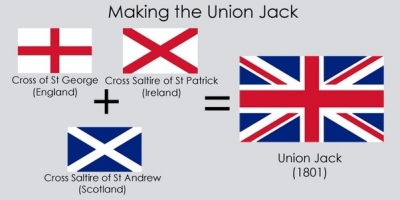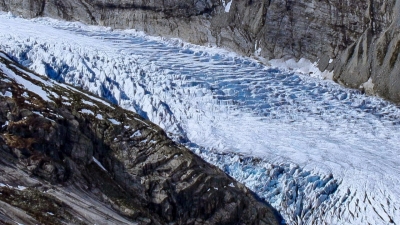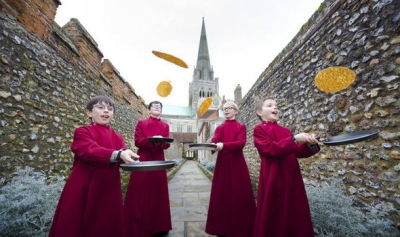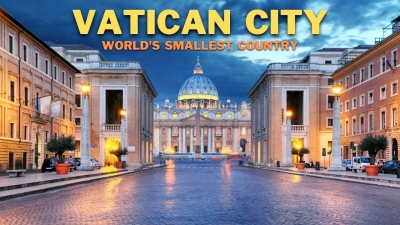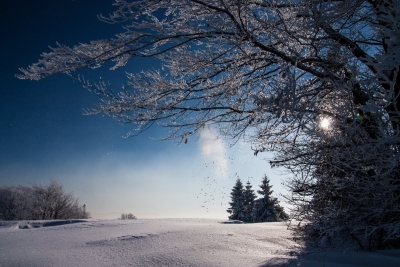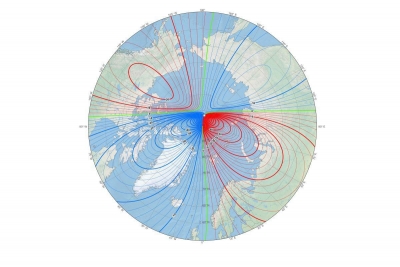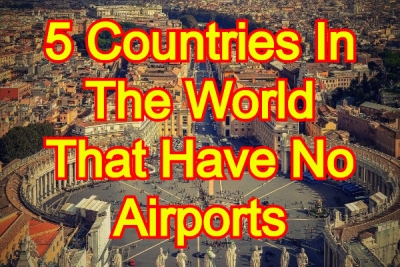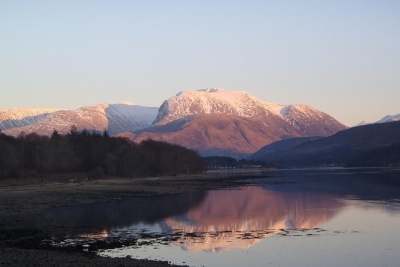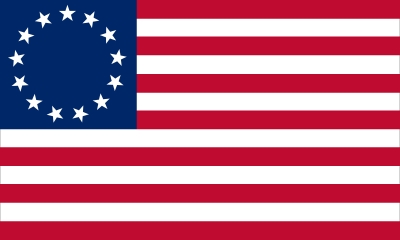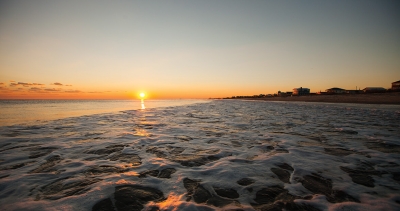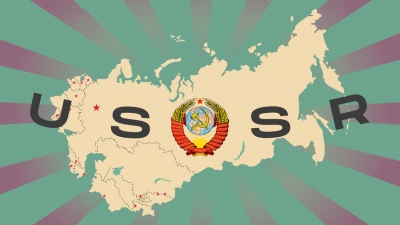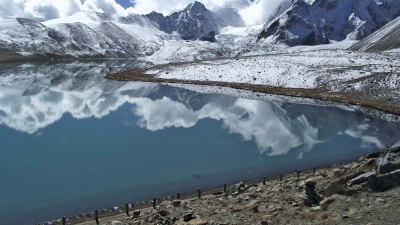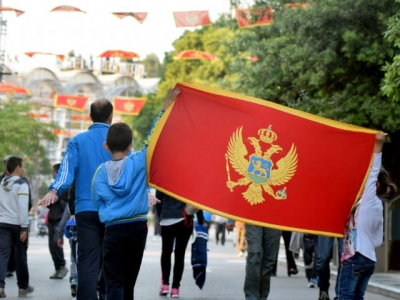What is the deepest place on earth?
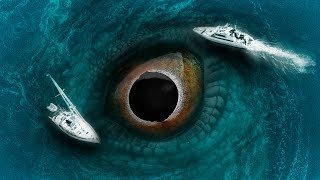
Only a few people have seen the deepest place on earth. When they did they had to use artificial light because it lies in the pitch-black waters at the very bottom of the Pacific Ocean.
Beneath the oceans are mountain peaks and plunging valleys which are far higher and deeper than any on dry land. Measurements of the Marianas Trench in the Pacific Ocean have shown that the depth of this huge depression is eleven kilometres. It is so deep that an object dropped into it on the surface would take over an hour to sink to the bottom. Even if it were possible to go down the Marianas Trench in a fast lift, the journey would take half an hour. And if Mount Everest, the world's highest mountain, stood in the Marianas Trench, its summit would still be more than two kilometres beneath the waves.
Picture Credit : Google
